I've learned a lot from the myriad things I've been obsessed with over the years, and the crazy part-time jobs I've worked to fund it! You see, I'm a bit of a learning junkie; the whole novice to expert discovery process. Finding new Truths is what drives me; riffing with the team on a white board or solo (AHA) moments while pacing in the garden by moonlight. I tend to obsess over two or three things at a time, usually for 5 to 10 years at a time; less if I can't become good at something (like bowling) or longer if I keep uncovering new things (like automated testing, or frisbees).
These pictures are mostly from my university phase: ten years of learning incredibly nifty things from incredibly nifty people. The tie-die is a recurring theme; you might also be able to see the sneakers are a custom paint job, ala the famed 2D/3D dragon painting of Boris. Boris did it better ;-)
When I quit the wrestling team, the analysis was primarily money driven, but more importantly, it made me try and quantify how valuable wrestling was to me. And it just wasn't that important anymore. The scholarships opening up covered tuition and books, which is cool in the US, I hear, but in Canada, that meant like twelve hundred bucks. Compared to the other costs of living: yuck! So when I ran the math on dollars per hour, wrestling clearly paid less than bumping computers for on-campus research groups, and less than tutoring other students. I developed a knack for seeing what blockers were hitting people and finding ways around it, so tutoring paid off in two ways! And I found that interacting with computers and eclectic people were both more fun than wrestling had become. For my two years of college wrestling, I bounced between third and forth nationally. But to keep progressing, you're talking trying to make the national team and doubling down on the commitment level. I was already doing 4 or 5 evenings a week in practice time: 2 or 3 hours a shot. Most every weekend went to tournaments, and the christmas vacation became a wrestling camp. Mind you, it's not like I had anything better to do with my time! And any time away from my wicked stepmother and her three, thrice-cursed devil-spawn daughters was by definition a great improvement ;-) So one Xmas, the state team offered to take me on a paid training trip to California; two weeks away from the sub-zero world of Alberta, Canada, to see if I was interested in trying out for the next level. I signed up in a shot! A long run each morning, then weight-lifting for lunch: not so bad. But we were doing the first three-a-day workouts I've done, and the closeout session with mat drills and practice bouts were pretty draining. But with no life, I had the time for it ;-)
I started hanging out more with the computer science grad students and less with the science fiction crowd, and finally signed up for a jazz dance course. My on-again, off-again girlfriend had taken me to see some dance shows the year she had taken the dance class, and I was blown away by the combination of body control and music. I ended up with enough credits for a minor in dance: mostly modern and a little ballet. I got a lot of roles in local dance productions: two are shown here, along with a couple of my dancer friends: Dawn and Kristine. I did five years of dance; at the end, I was doing twenty hours a week in classes, rehearsals and shows. About as much as the time commitment would have been with wrestling, but more fun and more mixing with people. I learned a lot in the dance era and grew as a person. Alas, I took up dance too late to truly master it! Most serious dancers start before age ten, not at twenty-five. I reshaped my body from wrestling, dropping muscle and making considerable improvements in flexibility. The body control aspects from wrestling ported pretty well over to dance: I could pull off a smooth double-pirouette and was quite good at lifts and catches. But I couldn't pick up new moves quickly, and that's the first door out of the room in tryouts. I finally gave up dance when I moved down to Washington DC when I picked up Ultimate Frisbee, which turned out to be the best sport of them all!
As the years went on, I saw more and more similarities between the incremental re-factoring we were doing of the garden space with the re-factoring we were doing for the massively multiplayer game, The Sims Online. Basically, it came down to you don't really know if the spot is"enjoyable" until you can actually have people in that spot, and see if they enjoy it! So the optimal approach is to invest in cheap, rapid prototypes that one can experiment with, in actual use conditions, and incrementally grow those prototypes into a finished system. This is a little different from how prototypes used to be viewed. The prototypes were little, throwaway experiments; You were supposed to take the knowledge gleaned from prototypes and see that into a properly engineered final system. But this rarely gets done, as time runs out and prototypes become what you ship. Additionally, there is an instinctive reaction to not walk away from something that sort of works. What we found with The Sims Online is that we could use automated testing to keep the prototypes stable enough for experimentation, even while dozens of people were continually modifying the system. Then the engineering and test times being accelerated, we could refactor for stability and scale, in both the live servers and the code base. And because it let me kill two obsessive birds with one stone, I decided to work on a book about iterative innovation in games and gardens! With that in mind, the following pictures might make more sense:-)
|

|
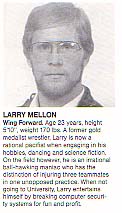
|
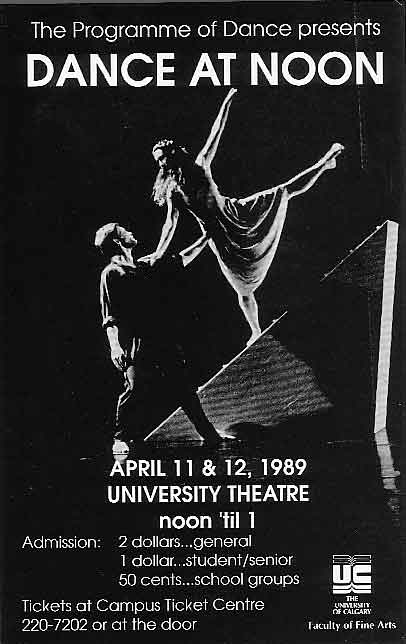
|
|
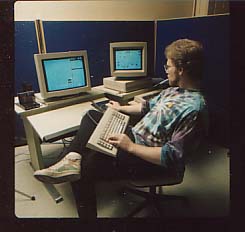
|
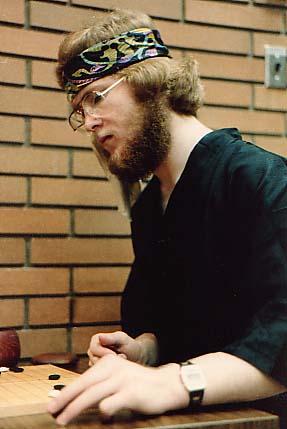
|
|
|
|
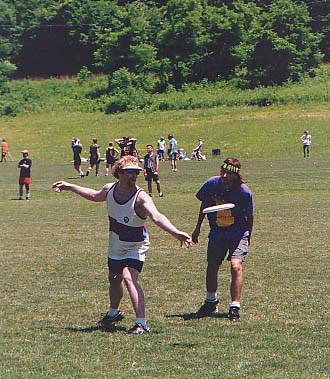
|
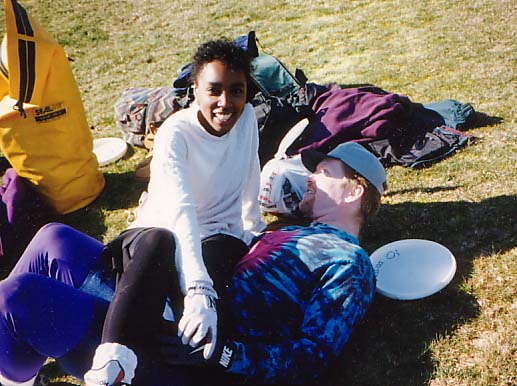
|
|
|
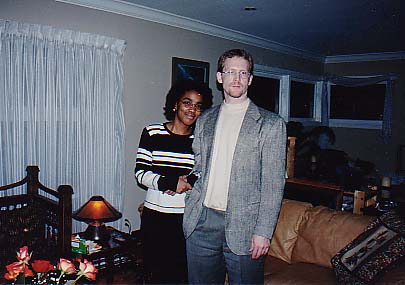
|

|
|
|
Back To About Us
|
|
|
|
|
|
|
|